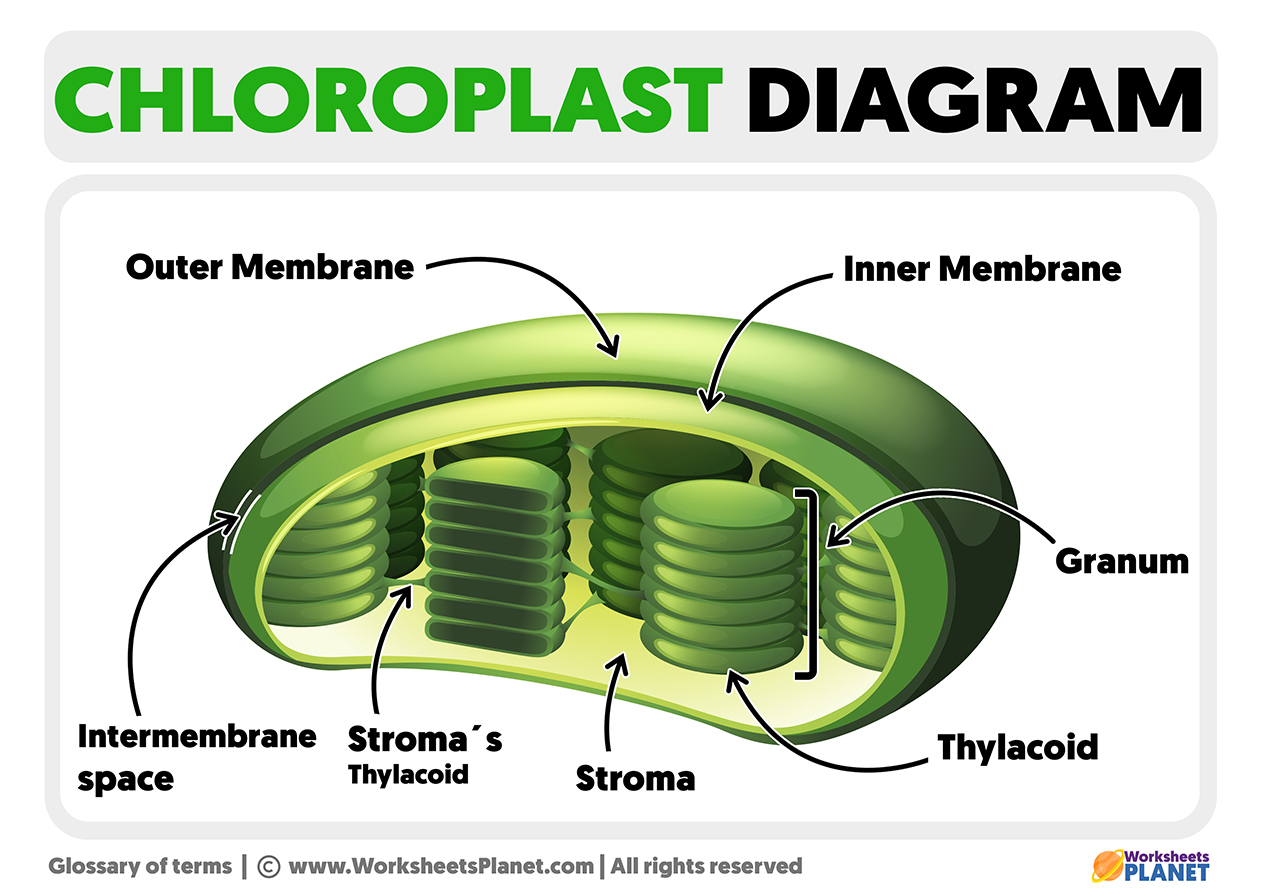A chloroplast is a subcellular structure essential in plant cells. Chloroplast is a cytoplasmic organelle that only can be founded in plant cells. We will never find a chloroplast in an animal cell.
Thanks to the existence of these chloroplasts, the organism of plants can synthesize pigments that are essential for their cells. Chloroplasts also manage to store, as a reserve, other substances that are important for the living plant being.

Algae also have chloroplasts, responsible for carrying out a vital process called photosynthesis. ↤ (Check this amazing resource)
These subcellular structures are minuscule (in terms of size) but very numerous. The cytoplasm of a plant cell can contain up to 10,000 chloroplasts, which vary in shape. If you like to look through a microscope, you will see that chloroplasts can be seen in both oval and spherical shapes and even other shapes. Also, the size can vary from one to another, although they are always quite small.

